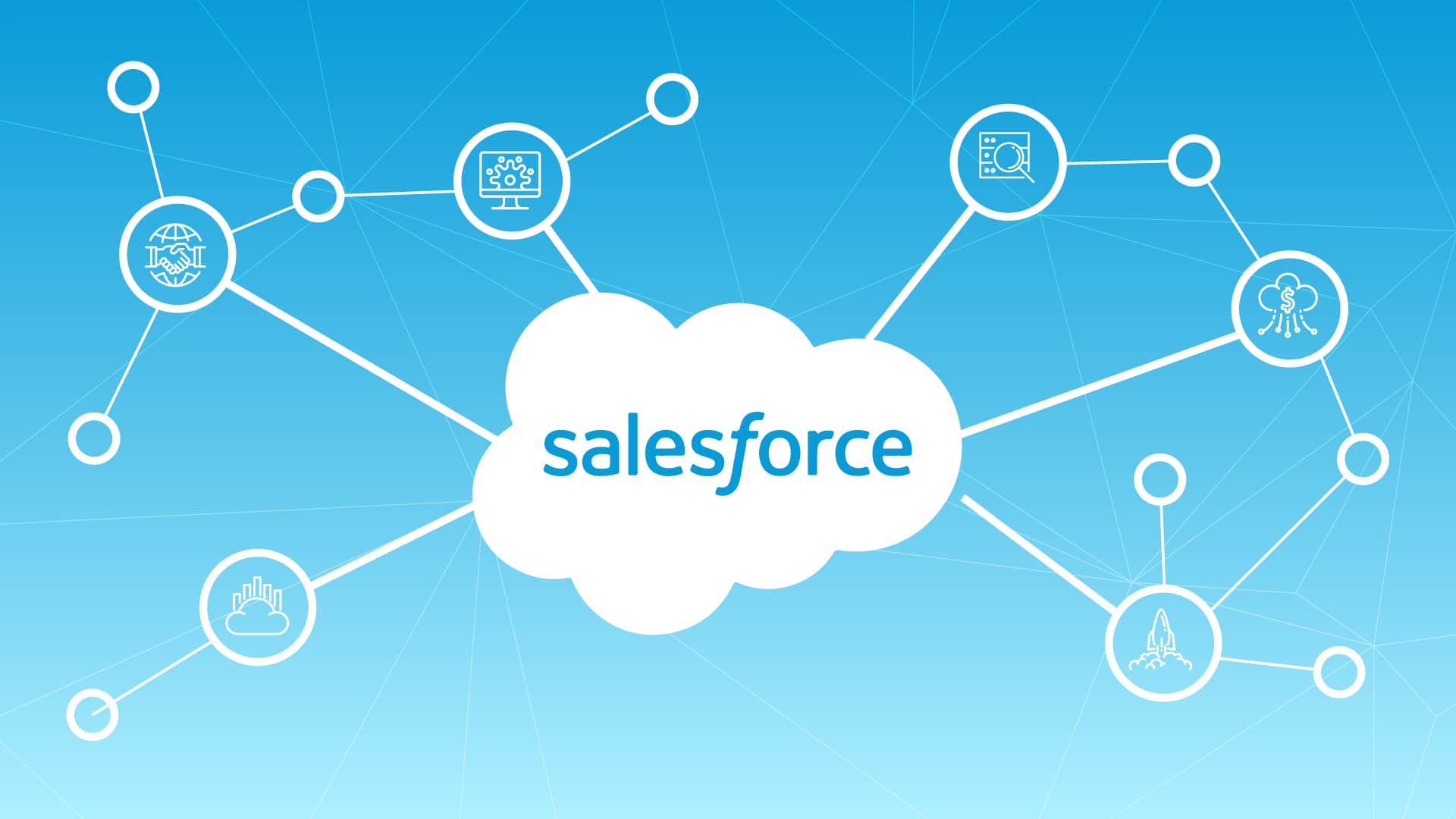Salesforce has been around for two decades and has maintained its position as one of the best technological solutions out there for all kinds of businesses. There is no better platform than Salesforce when it comes to customer data management and automating business processes. If that was not enough, Salesforce also continues to innovate and remains consistent in its performance. It continues to improve and offer new tools to keep up with new, emerging market trends and shifts. It has grown and has been adopted by more and more businesses with every passing moment.
Salesforce plays a major role in today’s global business world and, therefore, should be adopted by those who have yet to. For those who have adopted it, it is imperative to keep up with the latest developments as this CRM platform continues to rediscover and improve itself every year. Being aware of these developments will allow you to stay ahead of the curve and remain competitive in this competitive atmosphere. Moreover, it is also important to watch out for upcoming trends with regards to Salesforce and brace your business for them beforehand.
This article will talk about the 5 upcoming Salesforce trends in 2023 that all businesses must watch out for. Keeping up with current trends as well as watching out and preparing for future trends is what Salesforce is all about. As more and more businesses prop up all over the planet and more and more of them employ Salesforce, everyone needs all the competitive edge they can get.
1. SlackFirst Customer 360:
In light of the COVID-19 pandemic, when businesses shifted to remote working environments, the demand for collaborative platforms has skyrocketed. These allow organizations to function digitally without having to compromise their core business activities. They also provide a centralized platform for professionals all over the world to interact and connect with one another and also for employees within a single organization to work together allowing for the seamless working of departments like marketing, sales etc. SlackFirst Customer 360 is one such collaborative platform. In response to this rise in demand, Salesforce acquired Slack in 2020 and then integrated it with their own platform to create SlackFirst Customer 360 which remains their priority. This is expected to grow in demand in the upcoming year even after the end of the pandemic.
2. Health Cloud 2.0:
Salesforce introduced Health Cloud in light of the COVID-19 pandemic to aid the healthcare sectors and businesses to optimize their operations and provide individualized patient experiences. It continued to tweak Health Cloud during the pandemic before finally introducing Health Cloud 2.0. However, it has actually increased in use after the pandemic started to fade. It has features like providing medical support, vaccine management, health assessment etc. all of which have further improved and continue to improve. It allows healthcare providers to operate from any location with cloud based storage of immunization records, test providers etc. It enables them to provide value based care tailored to each and every patient and allows for the introduction of a hybrid healthcare model for any patient that might require it. This is expected to skyrocket in the upcoming year as well since the pandemic has ended for the most part and now healthcare businesses are looking to move beyond their primary battle against COVID-19.
3. Flow Orchestrator:
As businesses around the world continue to grow in complexity, so do their workflows. Increasingly complex workflows make room for human errors that can prove to be costly for the business in the form of poor customer experiences, accounting mistakes and a variety of delays. Therefore, it is necessary to automate them. More and more businesses are either outsourcing or using their in-house software teams to automate their business processes. Salesforce introduced Flow Orchestrator in response to this need for automation that allows businesses to automate much of their workflows. Moreover, it renders the need for RPA obsolete for a lot of organizations as it allows for automation by clicks rather than by coding. This makes it extremely user friendly and usable by every business that does not operate in the technology/software domain. Salesforce continues to work on this tool by improving it further enabling businesses to automate with fewer and fewer clicks. This is yet another trend associated with Salesforce that must be watched out for and even acquired in the upcoming year.
4. Hyperforce:
Hyperforce is Salesforce’s Customer 360 platform redesigned to unite the premises of various clouds (e.g. Salesforce Health Cloud) to enable secure and fast scaling with the use of public clouds. It enables businesses to make use of the capabilities of various public clouds and allows them to expand rapidly and fulfil local data storage requirements. In accordance with compliance requirements, a specific company’s data can be stored in a specific area. That particular area’s cloud architecture improves user experience by shortening the time response between end users and data centers. In other words, Hyperforce allows for the flexibility and efficiency that comes with public clouds and is enabling Salesforce to grow rapidly as well. Right now it is in its early phases but Salesforce has announced plans to introduce it in 16 countries by the end of 2022. Therefore, this is another important trend to watch out for, associated with Salesforce, in the coming year.
5. Einstein:
Artificial Intelligence (AI) and Machine Learning (ML) are becoming increasingly important in the business world where they are deployed to enable digital tools to interpret and analyze large amounts of data gathered by businesses to extract useful information, like humans, which those companies can then use. This renders the need for human interpreters obsolete and allows this work to be done much faster and more efficiently while minimizing errors. In line with this, Salesforce also developed its AI element known as Einstein. It enables business users to analyze very large sets of data to forecast customer behavior and extract other useful information for their organizations. This platform combined with other Salesforce tools like Tableau will allow for the improvement of business intelligence and analytics through the use of AI and ML. The vitality of Einstein is supposed to grow exponentially in the coming year with the rising importance of AI and ML and their employment in data sciences.
Conclusion:
The use of cloud is increasing at a rapid pace in the current status quo and will continue to do so in the coming years. Salesforce is one example of a cloud application that stands at the forefront in the business world with all major organizations employing its use and more and more businesses implementing it in their own companies. It is, therefore, worth noting that Salesforce is a vital component of the modern digital world. It stands to reason, then, that it is absolutely necessary to keep oneself apprised of the trends associated with Salesforce every year and keep an eye out for future trends that stand to come forward in the upcoming years. It is only then that you will be able to give your business a competitive edge and remain ahead of the curve.




